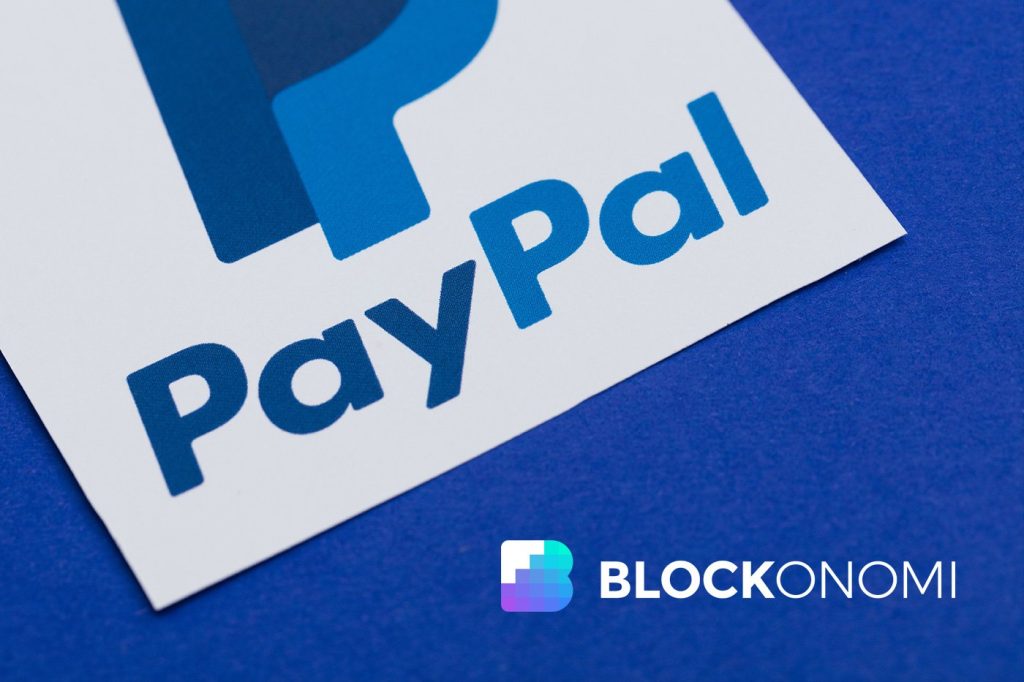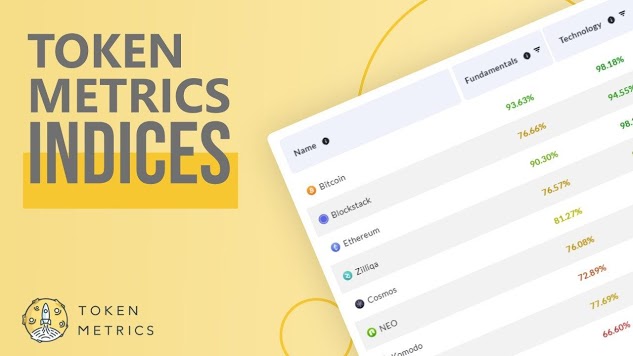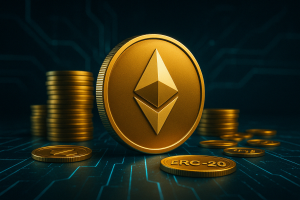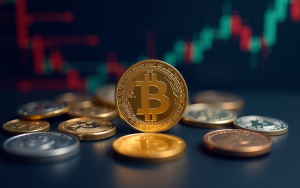Metamask Partners With PayPal to Facilitate ETH Purchases

MetaMask and PayPal are working together in order to empower the Ethereum ecosystem. The two transactional giants have found their way to collaborate in favor of crypto adoption.
By the end of 2020, PayPal introduced a new functionality that allows users to make cryptocurrency transactions with Bitcoin, Ethereum, Bitcoin Cash, and Litecoin. However, transferring tokens from PayPal to MetaMask, Coinbase, or hard wallets was unavailable at that time.
Now things have changed.
PayPal and Metamask Together at Last
Web3 wallet MetaMask announced on Dec. 15 its strategic partnership with the U.S. payment giant to launch a new feature that enables Ethereum purchase and transfer across the two wallets.
ConsenSys, the team behind MetaMask, said that a browser integration is set to come in 2023. In the coming weeks, the feature rollout is initially available in the U.S., according to ConsenSys’ statement.
Customers can directly transfer ETH from PayPal to MetaMask wallet or buy ETH using a PayPal-connected banking account. The partnership marked a turning point that helps customers tap into the promise of Web3.
Lorenzo Santos, product manager for MetaMask, said that, “this integration with PayPal will allow our U.S. users to not just buy crypto seamlessly through MetaMask, but also to easily explore the Web3 ecosystem.”
The senior executive noted that all transactions would be added a 1% service fee in addition to the applicable fee on PayPal.
New Functionality for MetaMask
PayPal is currently only available on the MetaMask mobile app. The extension already allows users in the United States to purchase cryptocurrency using CoinbasePay, Transak, MoonPay, and Wyre.
PayPal announced planned support for cryptocurrency transactions at the end of 2020 but it was not until earlier in June this year that things moved forward.
The company released a money transfer feature, allowing users to transfer and receive crypto-currency between PayPal wallet and other wallet addresses.
The PayPal e-wallet started implementing money transfer and receipt transactions with other wallets and exchanges in July. In the first few weeks, the feature will launch in the US market with a select number of users before global introduction.
PayPal Back to its Original Vision?
For many years, cryptocurrencies have been heralded as the technology that will eventually replace centralized payment services due to the fact that it has the potential to reduce the cost of transactions and remove the need for financial middlemen.
Even though the recent collapse of the cryptocurrency market is causing many investors to worry and think that the cryptocurrency industry may die, the global payment giant is gearing toward a future that involves cryptocurrency.
There is a growing trend among service providers to discover the possibility of integrating cryptocurrency into their products and services.
Just last week ago, PayPal’s major competitor, Stripe, introduced its own fiat-to-cryptocurrency transfer product, the onramp widget, which enables customers to trade dollars for various cryptocurrencies.
PayPal has grown quickly, to the extent that its original goal is now a distant memory.
PayPal’s founder Peter Thiel always supported the idea of virtual currency and that “PayPal will give citizens worldwide more direct control over their currencies.” Thiel left the company with an unfulfilled dream.
The development of cryptocurrency and the adoption of the crypto wallet can bring it back to its original vision.
However, the well-established centralized empire has coped with certain challenges. In fact, both PayPal and ConsenSys recently came under fierce criticism for their new policies.
ConsenSys’ updated privacy policy met with widespread public disapproval after the company stated that it would collect and store the IP addresses of users.
Amid the controversy, ConsenSys quickly backtracked, claiming that it would only hold users’ IP addresses and wallets for a week after the transaction was made.
PayPal’s drama stemmed from a new policy implemented in October that allows the company to penalize users for a variety of prohibited activities, including sending, uploading, or posting any statement, information, or material that promotes misleading info or endangers customers.












